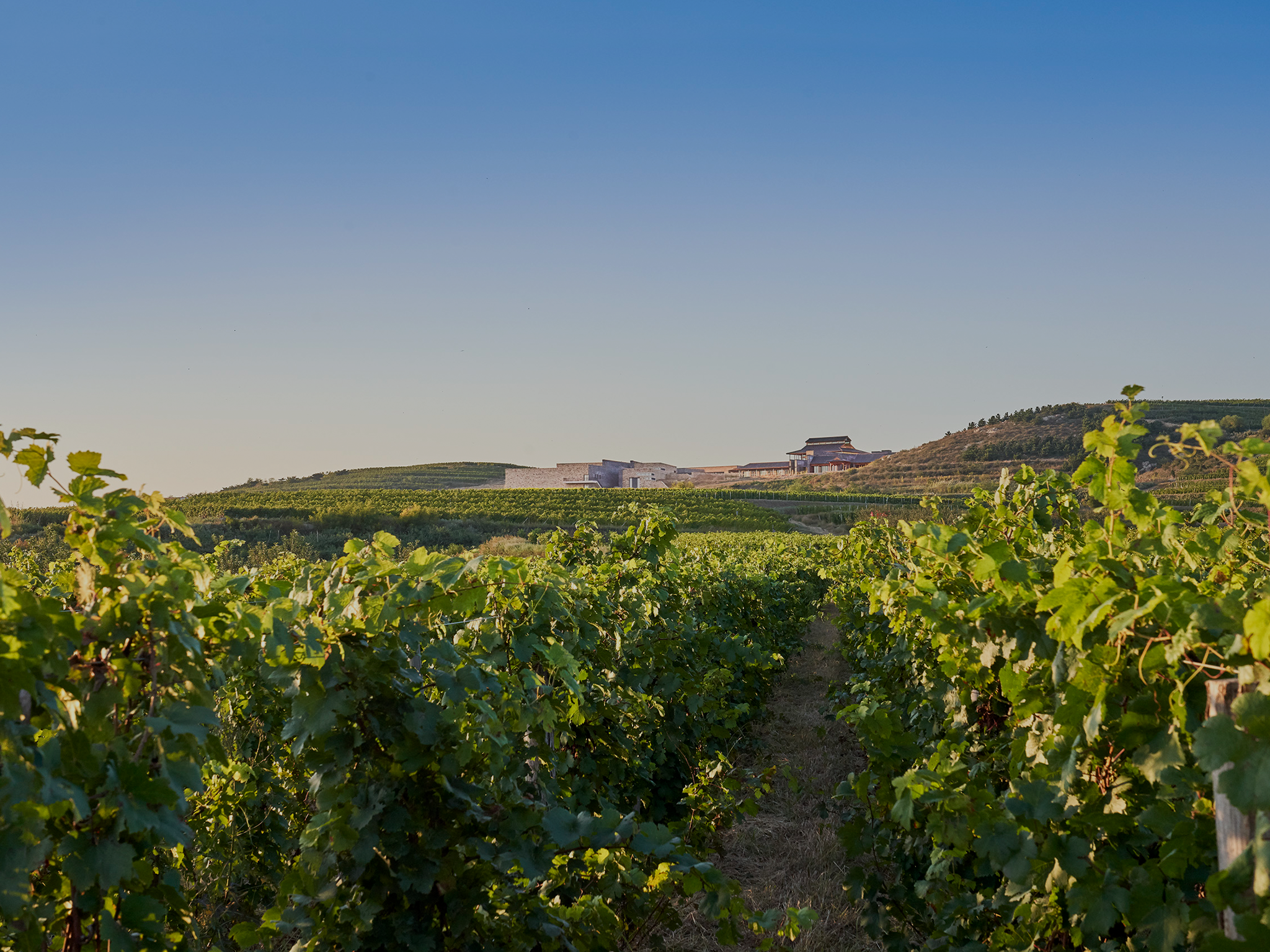Xiao Mu Lan

The vintage
2020 was a cool vintage, characterised by a quite rainy start to the season. This supply of water in the spring replenished water reserves and resulted in an early start to the season, encouraging the growth of our vines after a vintage marked by significant drought. However, the rains also brought considerable pressure from disease, putting severe strain on the technical team and affecting yields. Throughout the ripening period, from September onwards, we benefited from a very fine late season, allowing the grapes to slowly reach optimum maturity. The meticulous zoning work carried out according to the ripening balance of each terrace meant that the harvest was spread out over a longer period. To be sure of picking at the most favourable moment, we made up to 5 passes through the plots. The harvest began on 3 September and ended on 28 October, with a total of 25 days of actual picking.
Location
Domaine de Long Dai nestles in the heart of the Qiu Shan Valley in Shandong province, north-east China. The climate in this region is tempered by the influence of the Yellow Sea, about 20 km away. Highly dependent on agriculture, this region benefits from both mild winters and granite soils, making it favourable for viticulture.
Terroir
The 34-ha vineyard is spread over 420 terraces, following the agricultural tradition in the region. This planting method respects both the landscape and the soil structure but also requires a lot of manual work as well as specially adapted machines. Everything has been organised to apply high-precision viticultural methods. Disbudding and green harvesting naturally reduce yields, allowing the grapes to reach full phenolic ripeness. Winter in this region is dry and cold, but less severe than in other parts of the country. Building up soil around the feet of the vines is generally sufficient to ensure frost protection. The summer is hot and includes a short period of rain in July and August, followed by two months of dry weather during the critical ripening period. The grapes do not ripen uniformly due to the terrace system, so the harvesting of each terrace is carried out in several passes to ensure that all grapes are picked at the optimum degree of ripeness.
Winemaking
This wine is made using the saignée method. After destemming and crushing, the juice and skins are macerated for a few hours. At the end of this maceration time, the juice is drained from the bottom of the tank to separate it from the solids. Then, after settling, fermentation is started at a temperature of between 16°C and 18°C. This method gives us wines of deeper colour, and with more structure and power.
Grapes
Tasting
Deep, clear and brilliant colour, with delicate salmon hues. Intensely fresh nose, combining accents of tropical lychee fruits with floral nuances against a citrus background. On the palate, the wine is round with good acidity and refreshing balance.
Downloads

